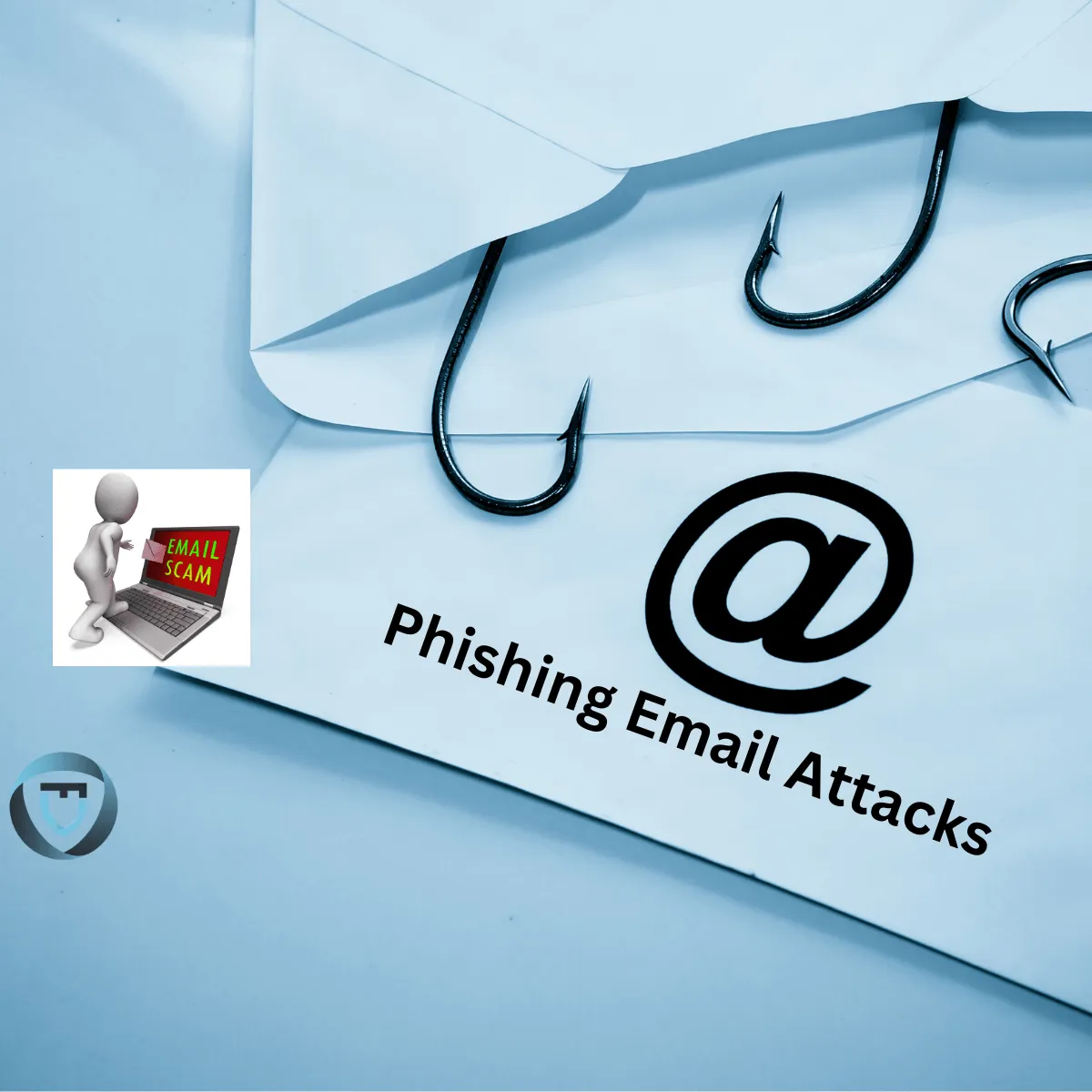Introduction
In the digital age, where information is power, data breaches are on the rise, and one of the most effective weapons in a cybercriminal’s arsenal is phishing email attacks. These deceptive messages often appear benign but conceal a nefarious purpose: to steal sensitive information, spread malware, or compromise the recipient’s security. In this article, we delve into phishing email attacks, and how to spot them and stay safe. How they are constructed, and what organizations can do to help employees detect them. We’ll also emphasise the importance of training and awareness programs to bolster defences against this pervasive threat.
Understanding Phishing Emails
- Construction of a Phishing Email:Phishing emails are carefully crafted to deceive recipients. They often contain the following elements:
- Sender Spoofing: Cybercriminals impersonate legitimate entities, making it seem likethat the email is from a trustworthy source.
- Urgency and Fear: Phishing emails often create a sense of urgency, using fear tactics to pressure recipients into taking hasty actions.
- Mimicked Logos and Branding: Cybercriminals use authentic logos and branding to make emails appear genuine.
- Suspicious Links or Attachments: Embedded links or attachments may lead to fake websites designed to steal login credentials or deliver malware.
- Social Engineering: Attackers may research their targets to include personal information, making the email more convincing.
- Spotting Phishing Emails:Training employees to recogniseorganisation phishing emails is essential. Look out for these red flags:
- Generic Greetings: Phishing emails often use generic greetings like “Dear Customer” instead of addressing you by name.
- Suspicious URLs: Hover over links to reveal the actual web address. Be cautious if it doesn’t match the sender’s domain.
- Unexpected Attachments: Don’t open attachments from unknown senders or if you weren’t expecting them.
- Typos and Grammatical Errors: Phishing emails often contain mistakes.
- Urgent or Threatening Language: Be cautious of emails that demand immediate action or threaten negative consequences.
Importance of Training and Awareness Programs
- Educating Employees: Phishing attacks often succeed due to human error. Regular training helps employees understand the dangers of phishing and how to identify suspicious emails.
- Simulated Phishing Exercises: Conduct simulated phishing exercises within your organization to test employees’ awareness and readiness to respond appropriately.
- Reporting Mechanisms: Encourage employees to report suspicious emails promptly. Could you set up clear channels for reporting and a responsive incident response team?
- Up-to-date Knowledge: Cybercriminals continually evolve their tactics. Regular training keeps employees informed about the latest phishing techniques.
- Cultivating a Culture of Cybersecurity: Training and awareness programs foster a culture of cybersecurity within the organisation, making security everyone’s responsibility.
Conclusion
Phishing email attacks are insidious and ever-present threats that can have dire consequences for individuals and organisations. Cybercriminals are becoming more sophisticated, and educating and training employees to recognise and respond effectively to phishing attempts is essential. By understanding how phishing emails are constructed and maintaining a high level of awareness, organisations can fortify their defences and reduce the risk of falling victim to these dangerous attacks. Remember, in the battle against phishing, knowledge and vigilance are your best allies.

